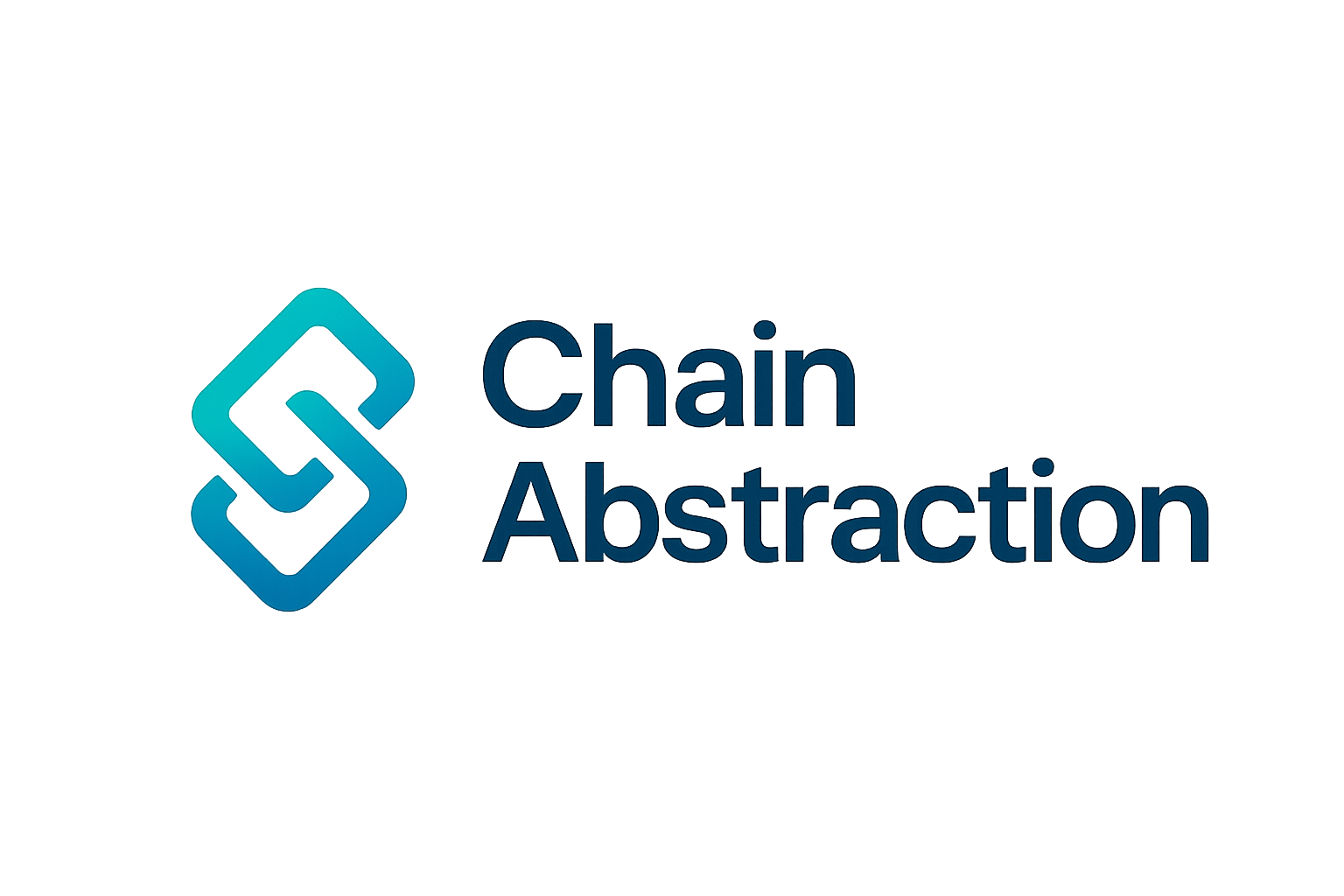
The rise of decentralized social platforms in Web3 marks a fundamental shift from the siloed, ad-driven models of Web2 to ecosystems where users own their data, control their identities, and participate directly in value creation. Yet, as projects like UXLINK demonstrate, the journey toward mass adoption hinges on more than ideology or technology alone. The real differentiator is user experience (UX) – especially as platforms compete to deliver seamless onboarding, intuitive interaction, and meaningful incentives across an increasingly complex multi-chain environment.

The Social Growth Layer: UXLINK’s Strategic Approach
In the current landscape, UXLINK stands out as a leading example of what a Web3 social growth layer can achieve. By abstracting away blockchain complexity and offering modular infrastructure for identity management and onboarding, UXLINK lowers technical barriers for new users and developers alike. This approach is critical because it enables decentralized applications (DApps) to focus on delivering value rather than wrestling with cross-chain friction or fragmented UX patterns.
At its core, UXLINK bridges real-world social networks with blockchain infrastructure. It empowers users to manage self-sovereign identities and data lockers while providing developers with tools to build interoperable social applications. The result is an ecosystem where communities can flourish without sacrificing privacy or usability, a stark contrast to legacy social platforms that monetize user data at the expense of autonomy.
Dissecting the Layers: From Identity to Governance
To understand how UX can be systematically improved in decentralized social networks, it’s helpful to break down the architecture into distinct layers:
Key Layers in Web3 Social Platform Architecture
-
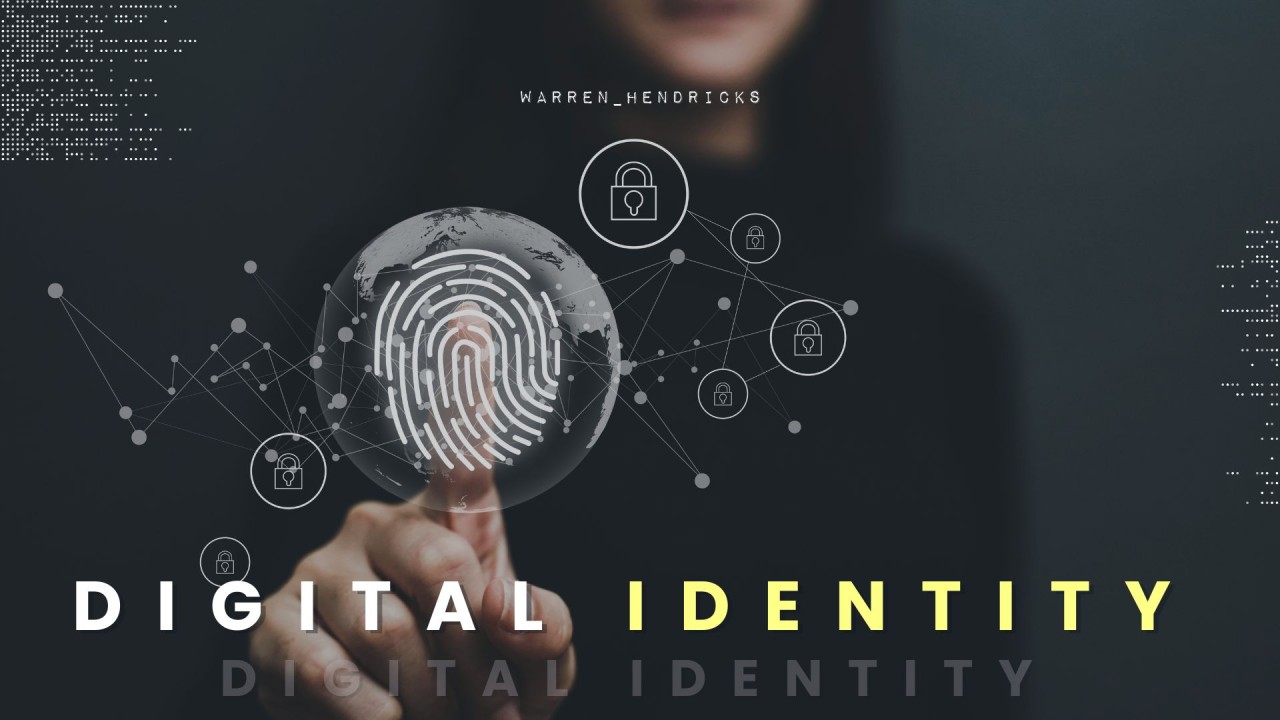
User Layer: Empowers individuals with self-sovereign identity and full control over their personal data, enabling privacy and user-driven data sharing.
-
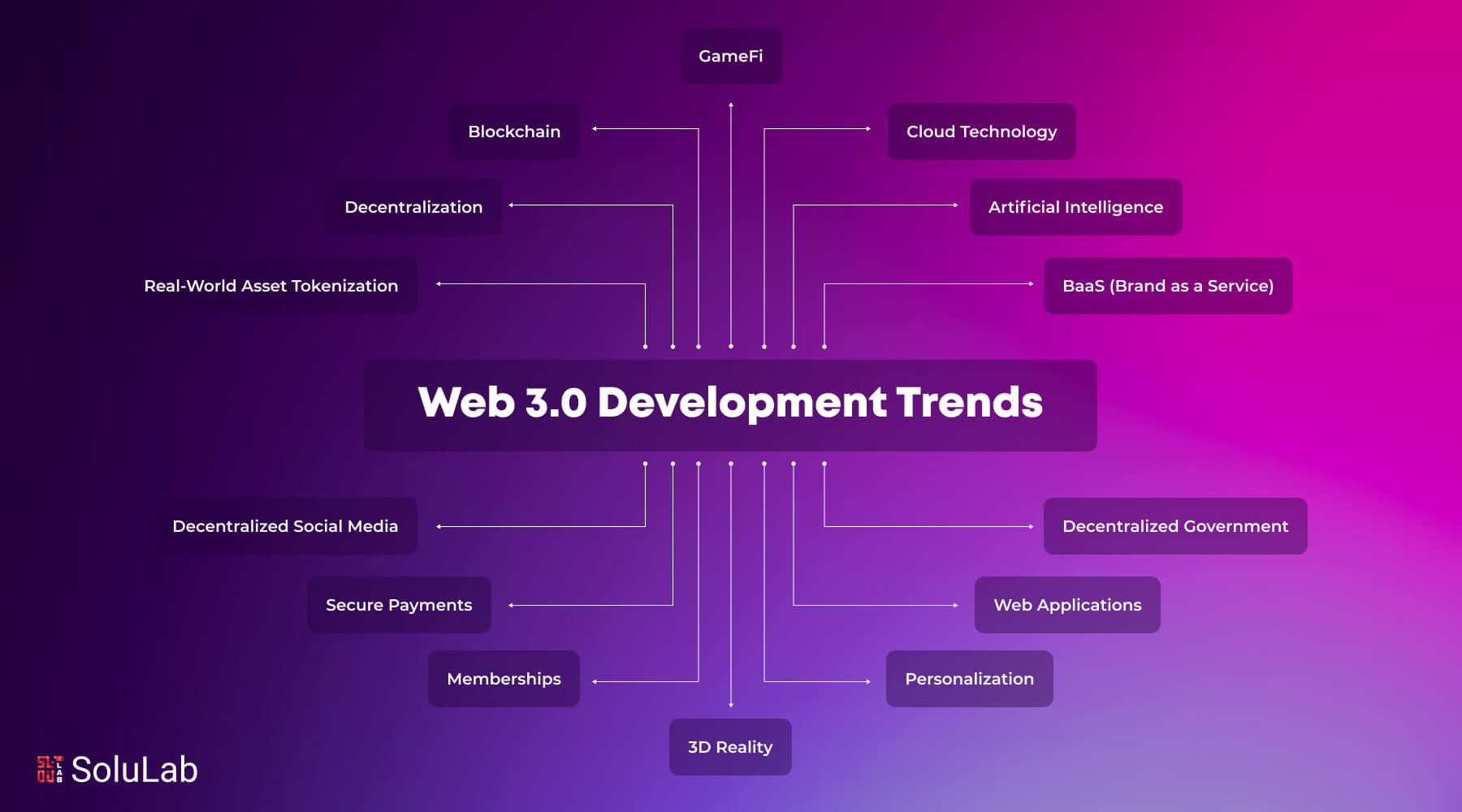
Protocol Layer: Provides the infrastructure and standards for developing decentralized social applications, supporting interoperability and scalability.
-
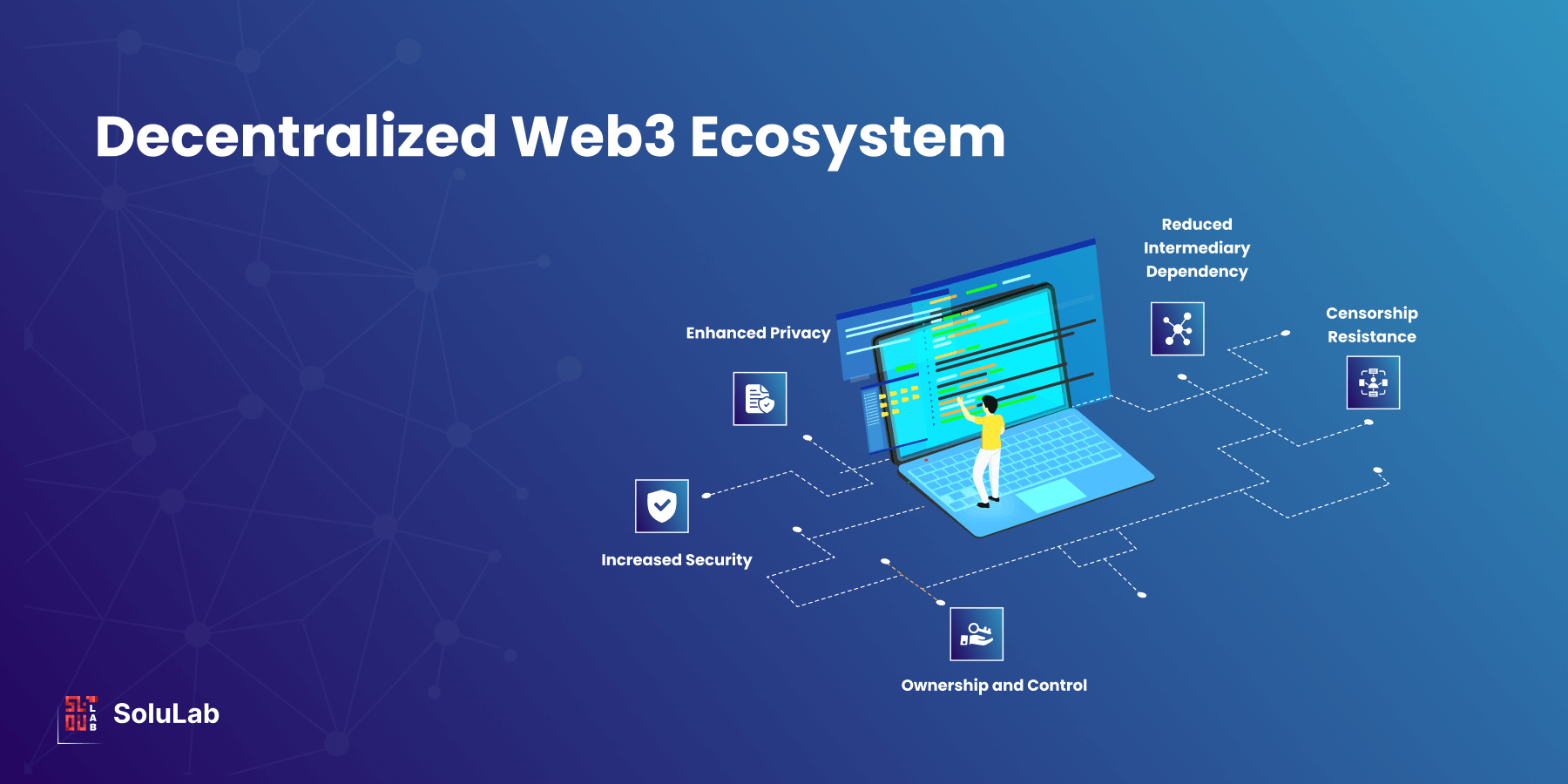
Blockchain Layer: Serves as the secure, transparent foundation for social platforms, often leveraging social-focused Layer 1 chains for high throughput and advanced data handling.
-
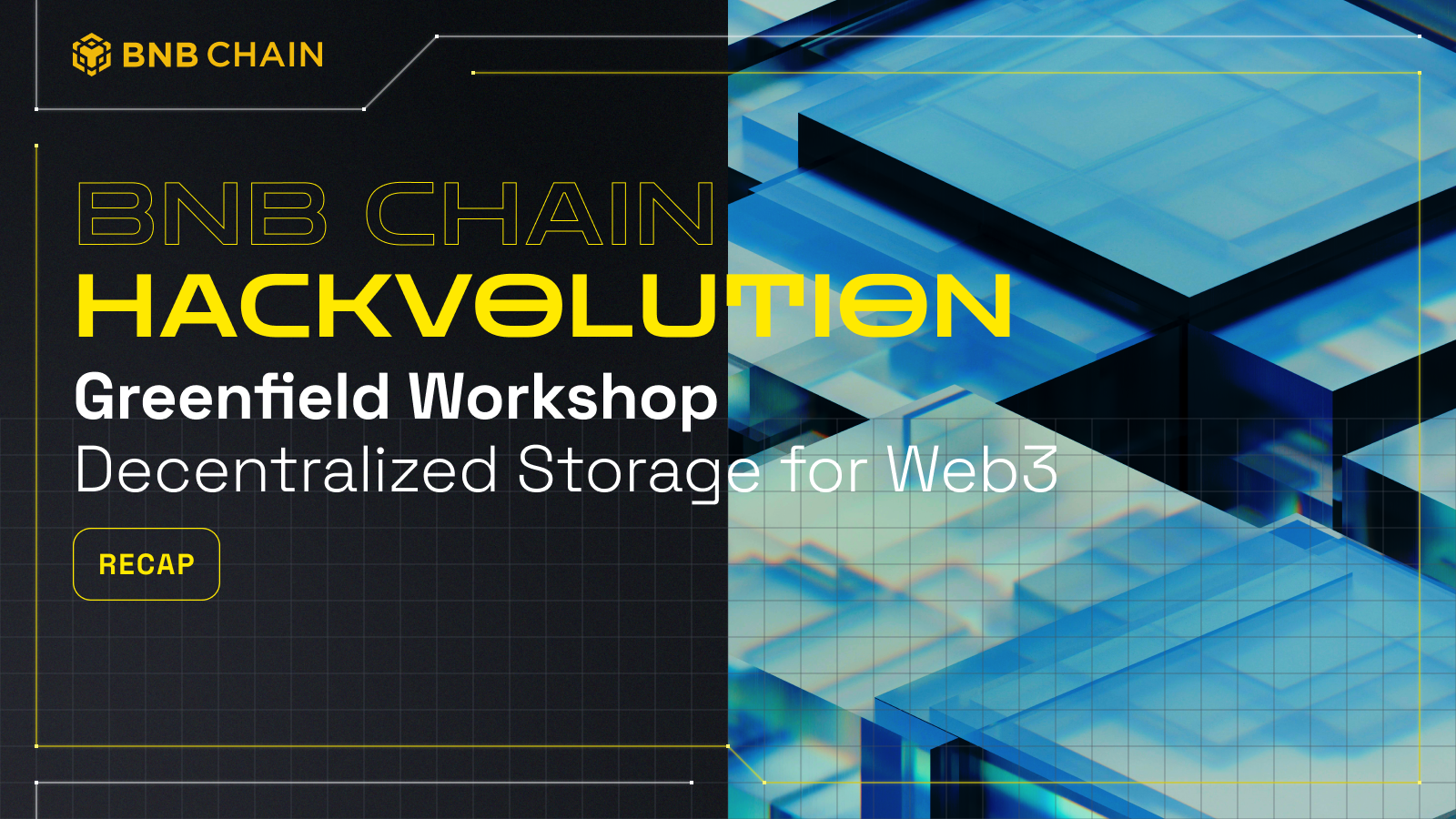
Storage Layer: Ensures decentralized, tamper-proof storage of social data, addressing privacy and ownership concerns prevalent in Web2 platforms.
-

Computation Layer: Manages access control and reputation systems, determining user permissions and reputation across communities and platforms.
-
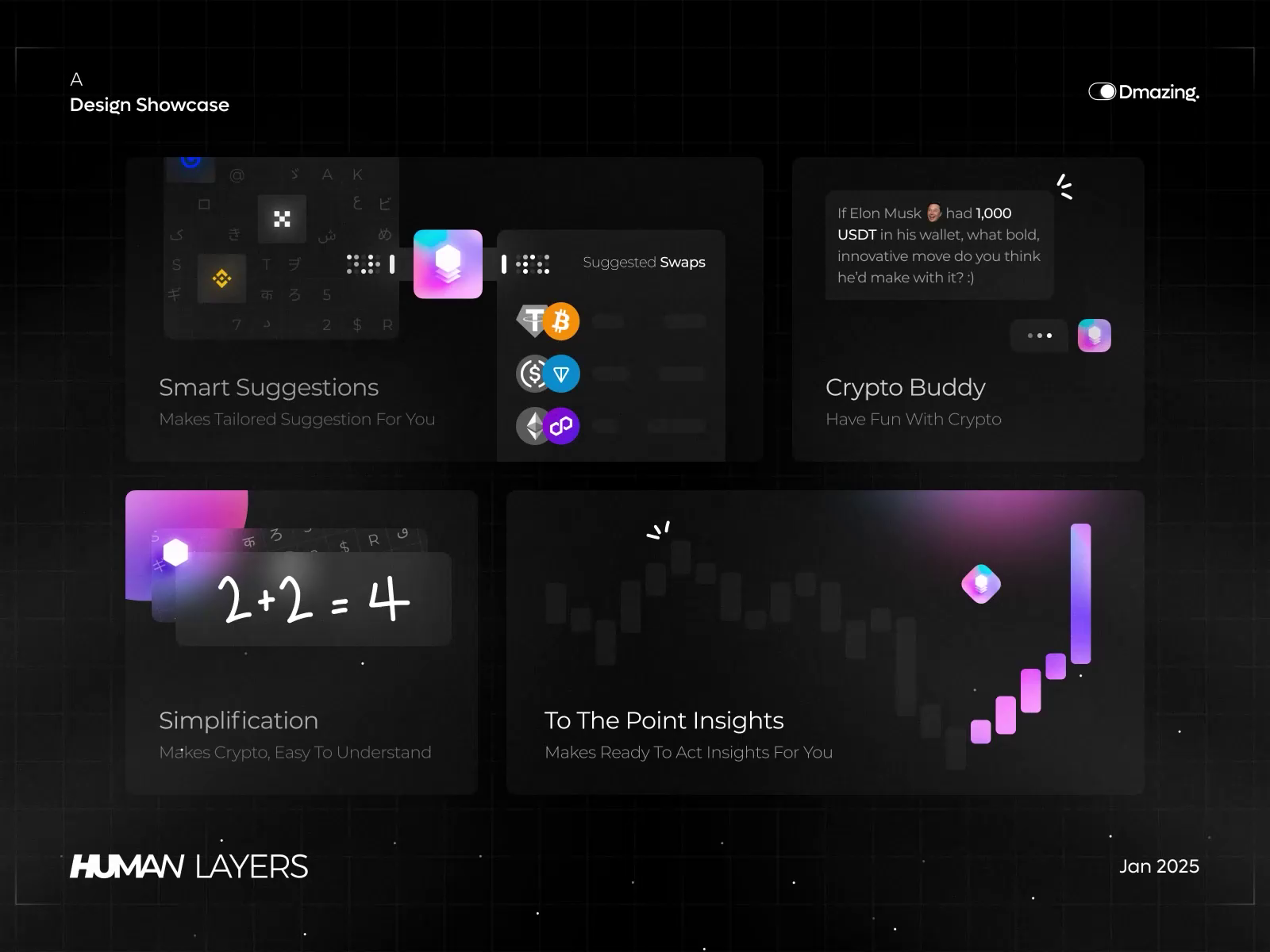
UX Layer: Acts as the interface between users and the platform, focusing on seamless design, intuitive navigation, and overall user experience.
-
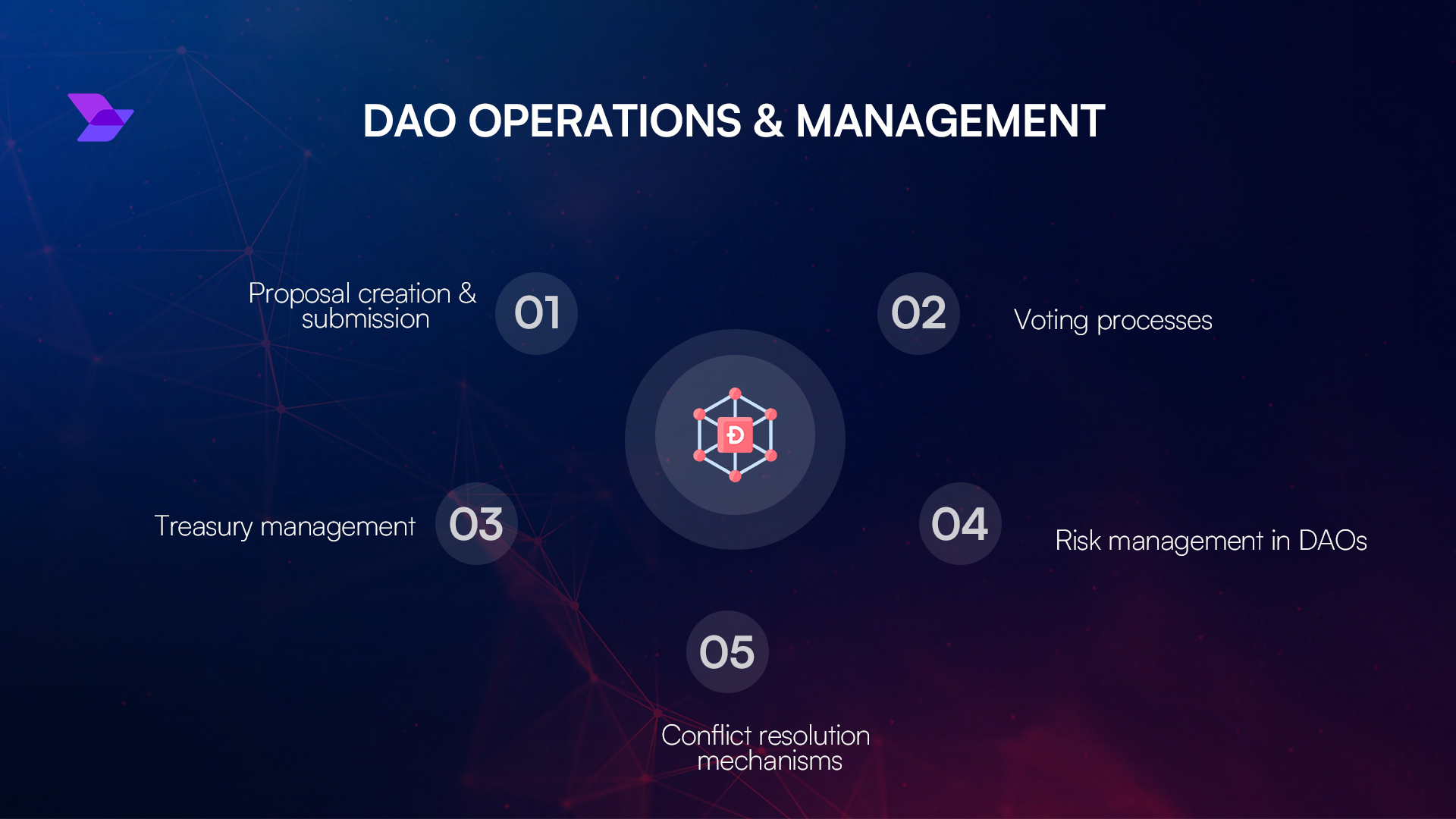
Political Layer: Facilitates community governance and decision-making through decentralized mechanisms like DAOs, giving users a voice in platform evolution.
-
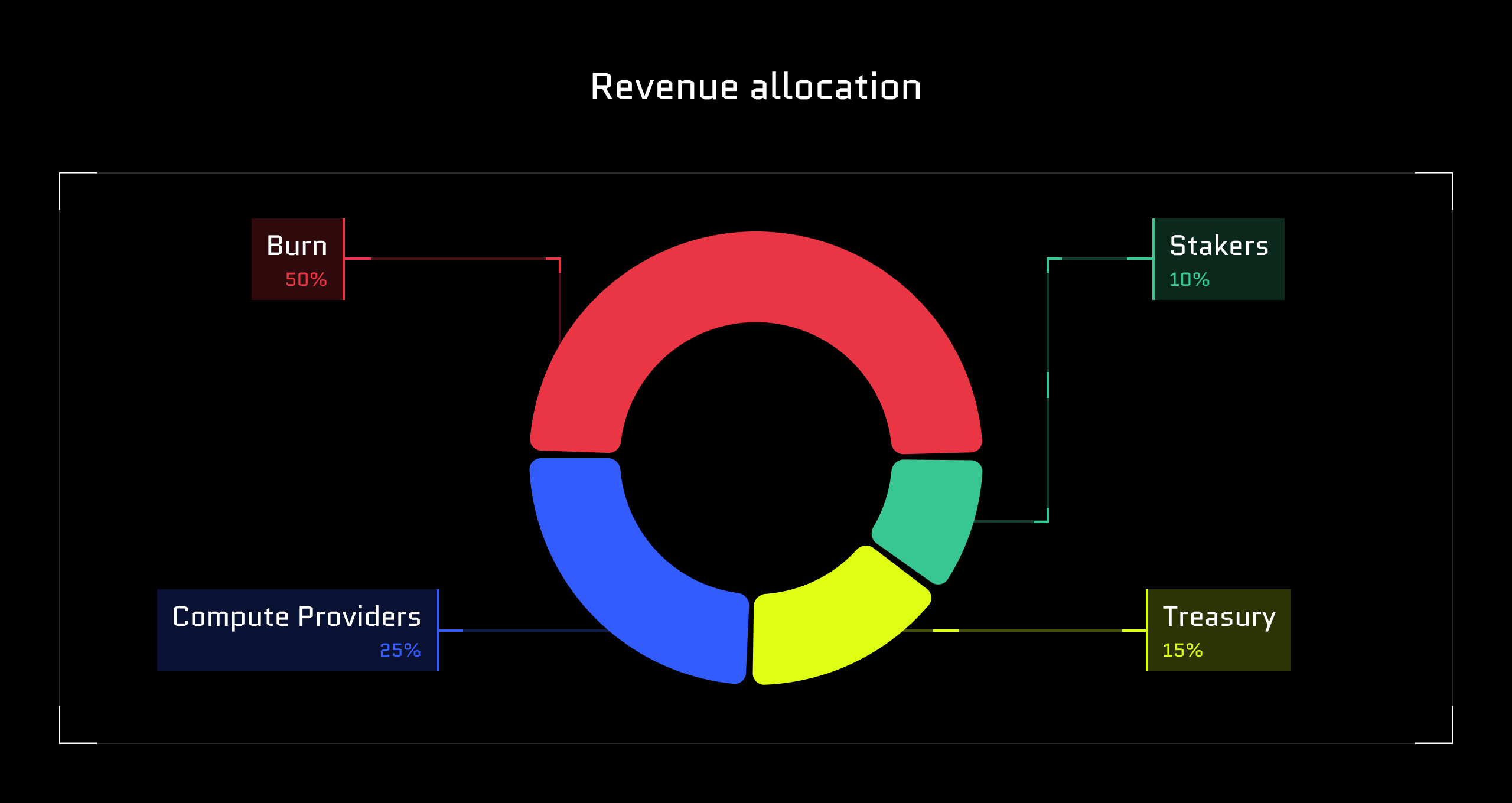
Monetary/Legal Layer: Addresses value distribution, tokenomics, and compliance, ensuring fair rewards and adherence to legal frameworks.
User Layer: This foundational layer enables self-sovereign identity and granular control over personal data. Users decide what information they share, an essential feature for privacy-centric communities.
Protocol Layer: Here lies the developer toolkit, public APIs and components that streamline DApp creation.
Blockchain Layer: Security and transparency are paramount at this level. Social-specific chains often customize Layer 1 protocols for scalability, storage, and advanced indexing.
Storage and Computation Layers: Decentralized storage ensures tamper-proof records while computation governs access rights and reputation across communities.
UX Layer: The interface that ties everything together. Its design determines whether users enjoy frictionless navigation or abandon platforms out of frustration.
Political and Monetary Layers: These upper tiers introduce governance (via DAOs) and tokenomics, mechanisms that reward participation while ensuring compliance.
This layered model isn’t just theoretical; it’s operational in platforms like UXLINK that have prioritized modularity and interoperability from day one. For more on how these layers interact in practice, see this breakdown on Hackernoon.
Tackling Cross-Chain Social UX Challenges
The promise of Web3 lies in its openness, but that same openness introduces daunting challenges when it comes to cross-chain UX. Users today expect experiences as smooth as those offered by mainstream apps; however, switching between blockchains can lead to errors or failed transactions (Ramotion). Projects like UXLINK address these pain points by abstracting chain-specific logic behind unified interfaces.
This abstraction not only improves accessibility but also unlocks new possibilities for community incentives, such as token-based rewards for engagement or reputation-based access controls managed seamlessly across chains. As highlighted by Shamshod Rozikov, integrating smart contract wallets with social login allows platforms to deliver experiences nearly indistinguishable from their Web2 counterparts, without compromising on decentralization.
